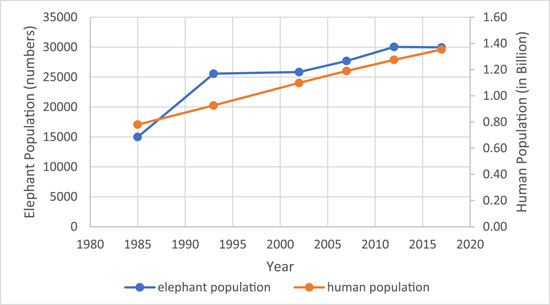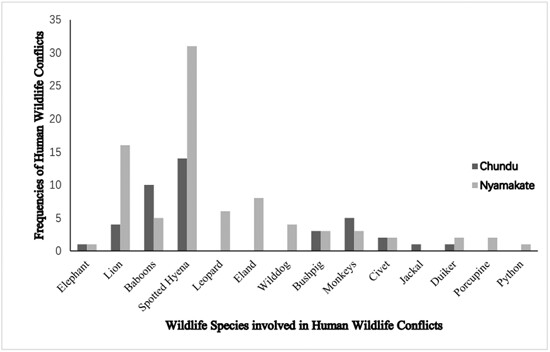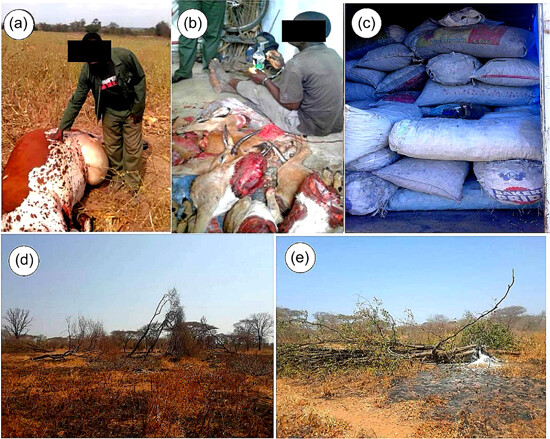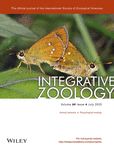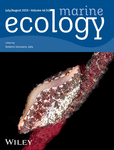Journal list menu
Export Citations
Download PDFs
Table of Contents
Spectacled Flying-fox conflicts—tucker, totem, taunt and threat
眼镜狐蝠的冲突——食物、图腾、挑战与威胁
- First Published: 16 October 2023
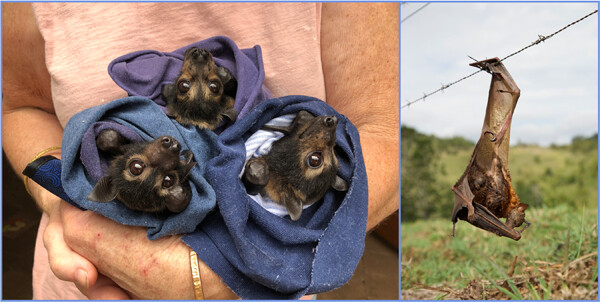
Flying-foxes worldwide have suffered population declines, including the Spectacled Flying-fox of north-east Australia which experienced a population crash of over 75% in <15 years. Persuading people that the Spectacled Flying-fox is important, even vital for the rainforests and tall forests that they love, takes engagement, narrative and story-telling. Bringing together communication specialists, social scientists and wildlife scientists is necessary to create these narratives in ways that people understand and accept, and that persuade them that the Spectacled Flying-fox is worth protecting.
Elephant conservation in India: Striking a balance between coexistence and conflicts
- First Published: 25 February 2024
Spatio-temporal dynamics of human−elephant conflict in a valley of pineapple plantations
菠萝种植园中的人象冲突时空动态
- First Published: 24 July 2023
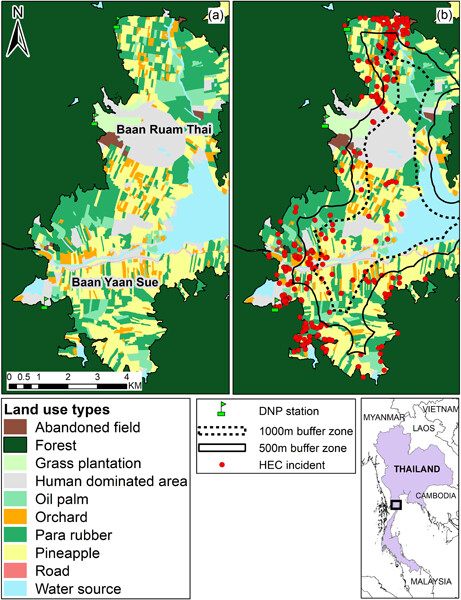
This is a study of the spatiotemporal patterns of Human−Elephant conflict in a community area adjacent to Kuiburi National Park, southern Thailand. We examined temporal and spatial patterns of elephant crop raiding by assessing the locations of elephant raids in conjunction with environmental factors along with crop characteristics and crop availability. Raiding incidents primarily happened in pineapple plantations; however, compositional analysis suggested that fruit orchards were the most preferred by elephants. Logistic regression models predicted that crop type/crop stage, distance to forest and mitigation strategy combined had the strongest support in explaining the probability of crop raiding. The most frequently used mitigation measure was guarding by local people, although the relative effectiveness did not show a clear pattern. Other results also indicated that water availability and season were not associated with elephant raiding. Our study also indicates that there is no zone in Kuiburi that is free from elephant raiding which cause the current state of this area to be critical and unsustainable. We recommend improvements in the mitigation measures through better coordination and development of action plans including an examination of the feasibility of growing crops less preferred by elephants.
Between conflict and coexistence: Wildlife in rubber-dominated landscapes
冲突与共存之间:橡胶林主导景观中的野生动物
- First Published: 04 January 2024
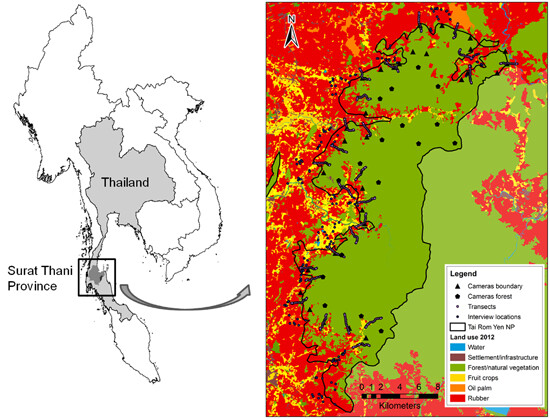
Natural habitat loss forces some wildlife species to increasingly extend their habitats into farmlands. Rubber-dominated landscapes surrounding protected areas have the potential to facilitate coexistence between people and some wildlife species if young plants are better protected and plantation management is made more wildlife-friendly.
Free-ranging dogs and their owners: Evaluating demographics, husbandry practices and local attitudes towards canine management and dog–wildlife conflict
自由放养的家犬及其主人: 评估数量、饲养方法以及当地人对家犬管理和犬与野生动物冲突的态度
- First Published: 28 January 2024
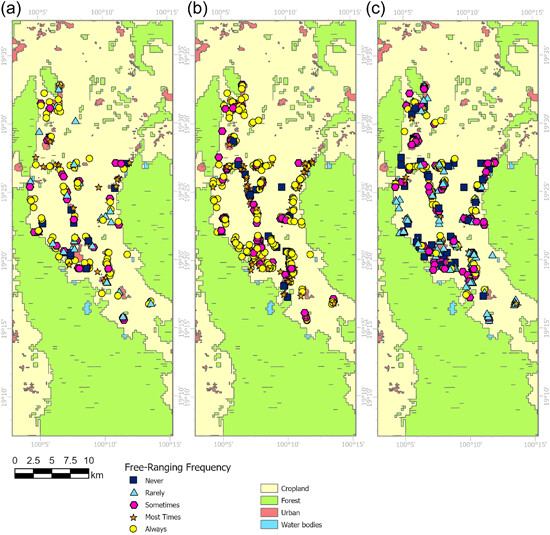
A survey in rural Thailand revealed widespread dog ownership, with most dogs unrestricted in their movements. However, there was a notable lack of awareness among the local population about the potential impact these dogs might have on wildlife. To address this issue, recommendations include enhanced education, enforcement of dog-free policies in protected areas and collaborative efforts to manage dog populations and safeguard wildlife.
An integrated historical study on human–tiger interactions in China
中国人虎互动关系的综合性历史研究
- First Published: 09 July 2024
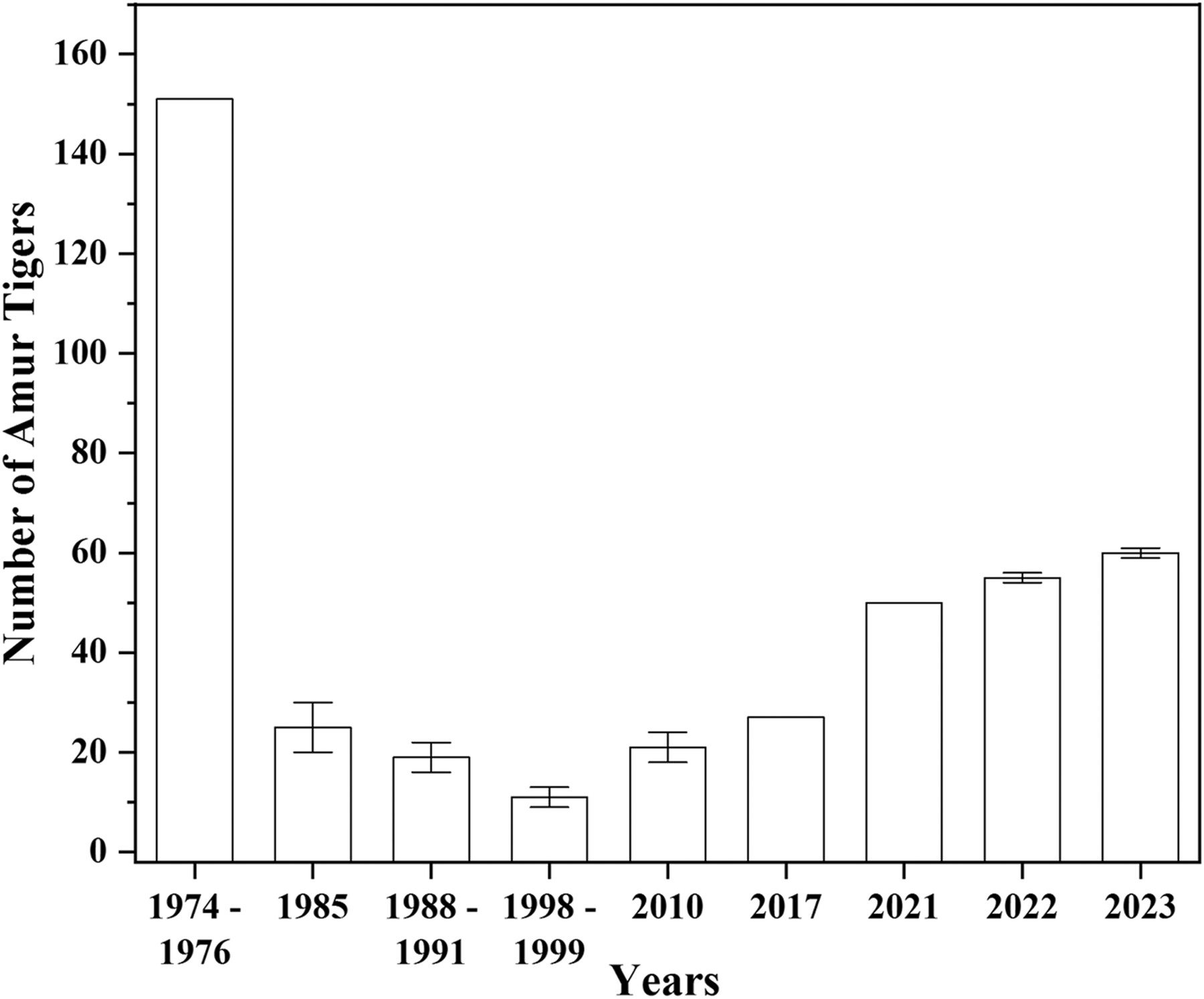
Tigers are important for maintaining a variety of life in the world as they are the top predators in the food chain. Human–wildlife conflict, including conflicts between humans and tigers, has been a global issue throughout history. This article focuses on human–tiger interactions in China, discussing various types of conflicts and measures for coexistence. The research is based on different historical documentation, literature analysis, and field investigations. The results show intense direct conflicts in the form of massive tiger hunting and killing, as well as indirect conflicts like tiger trade and habitat loss for tigers. Various measures have been taken for coexistence, including animal protection perceptions, tiger worship, and the establishment of nature reserves and national parks. International communication and cooperation are crucial for establishing ecological corridors for tiger survival.
Commentary to: An integrated historical study on human–tiger interactions in China
中国境内人虎互动的综合历史研究
- First Published: 12 September 2024
Social and cultural aspects of human–wildlife conflicts: Understanding people's attitudes to crop-raiding animals and other wildlife in agricultural systems of the Tibetan Plateau
社会和文化视角下的人与野生动物冲突:青藏高原农区居民对肇事动物与其他野生动物的态度研究
- First Published: 04 December 2023
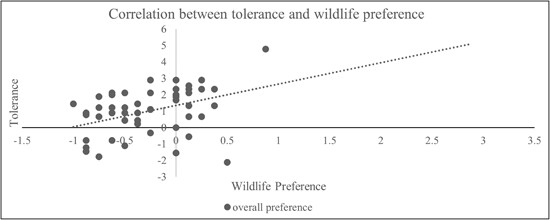
In this case study from the eastern Tibetan area of China, we used a multi-year data set from a novel compensation insurance initiative in five Buddhist villages, coupled with an extensive questionnaire-based survey. Our aim was to elucidate the local people's tolerance to crop-raiding species. Wildlife tolerance was generally high and predominantly shaped by wildlife preference rather than by economic incentives or mitigation interventions. This finding provides valuable insight for practitioners, underscoring the necessity to consider the local context and the engagement of all stakeholders in conservation strategy.
Living with wildlife and associated conflicts in areas adjacent to protected areas, Northern Zimbabwe
津巴布韦北部毗邻保护区地区人兽共存及相关冲突的研究
- First Published: 22 February 2024
An assessment of local community engagement in wildlife conservation: A case study of the Save Valley Conservancy, South Eastern Zimbabwe
评估当地社区保护野生动物的参与度:以津巴布韦东南部的Save Valley Conservancy为例
- First Published: 15 December 2023
Large language models debunk fake and sensational wildlife news
通过大型语言模型揭露虚假和耸人听闻的野生动物新闻
- First Published: 12 June 2024
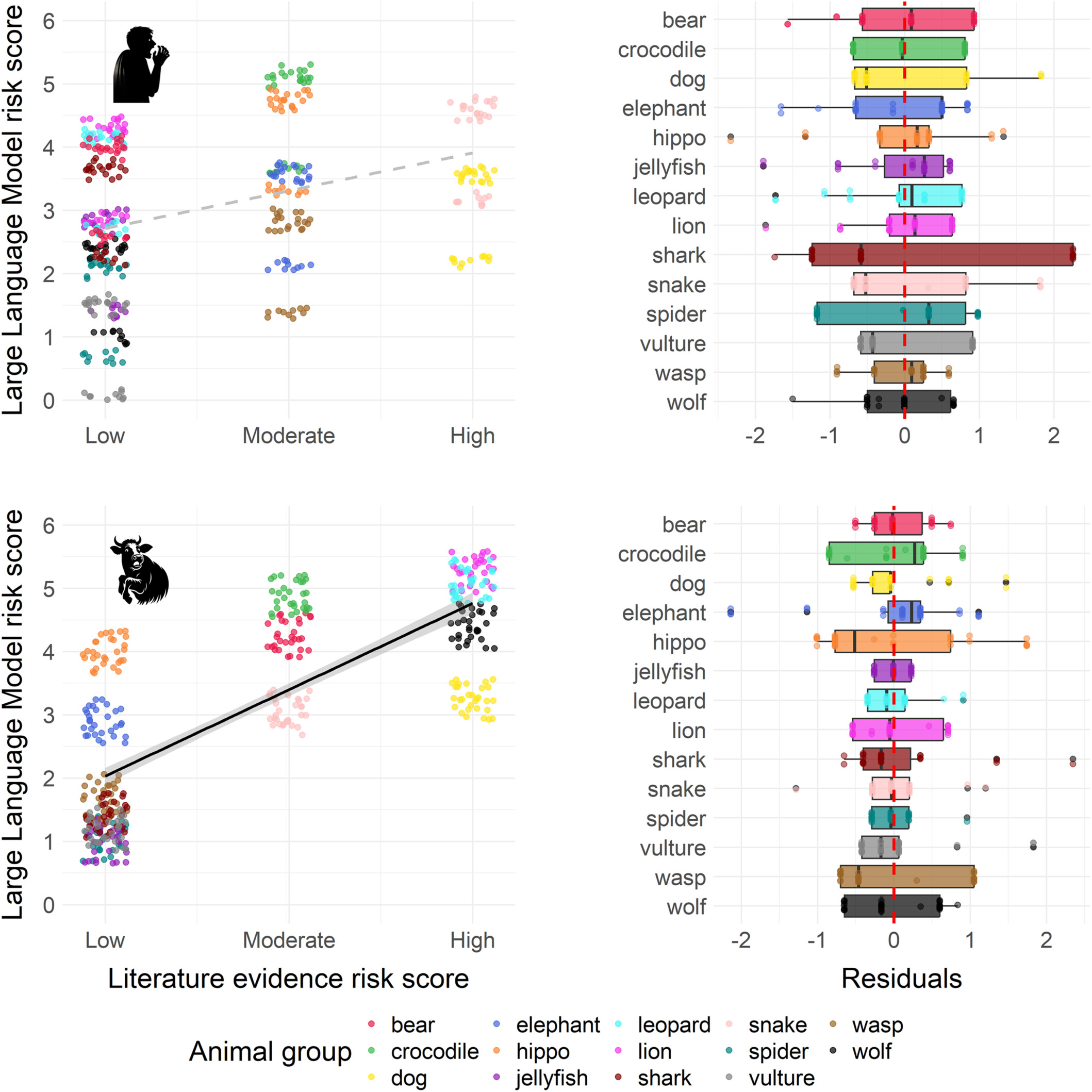
Our study explores the use of large language models in fact-checking misinformation about commonly feared wildlife such as jellyfish, wasps, spiders, vultures, and large carnivores. We highlight how these tools can effectively dispel myths, thereby reducing human–wildlife conflicts and promoting a harmonious coexistence. These tools therefore have the potential to foster more informed public perceptions and support conservation efforts.




2770-9329.human-wildlife-conflict-and-coexistence.cover.gif)
